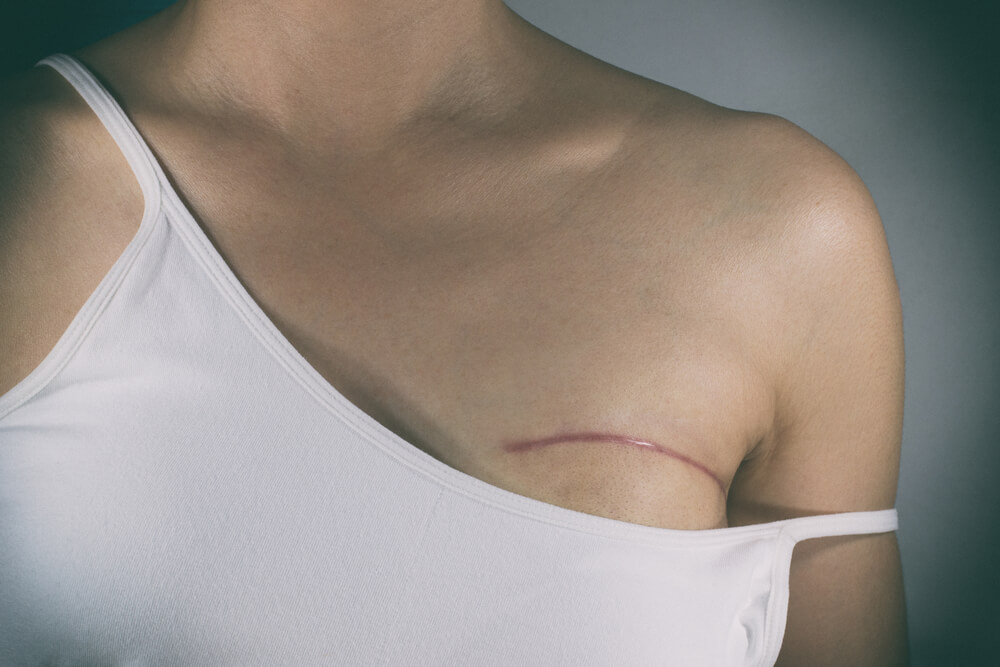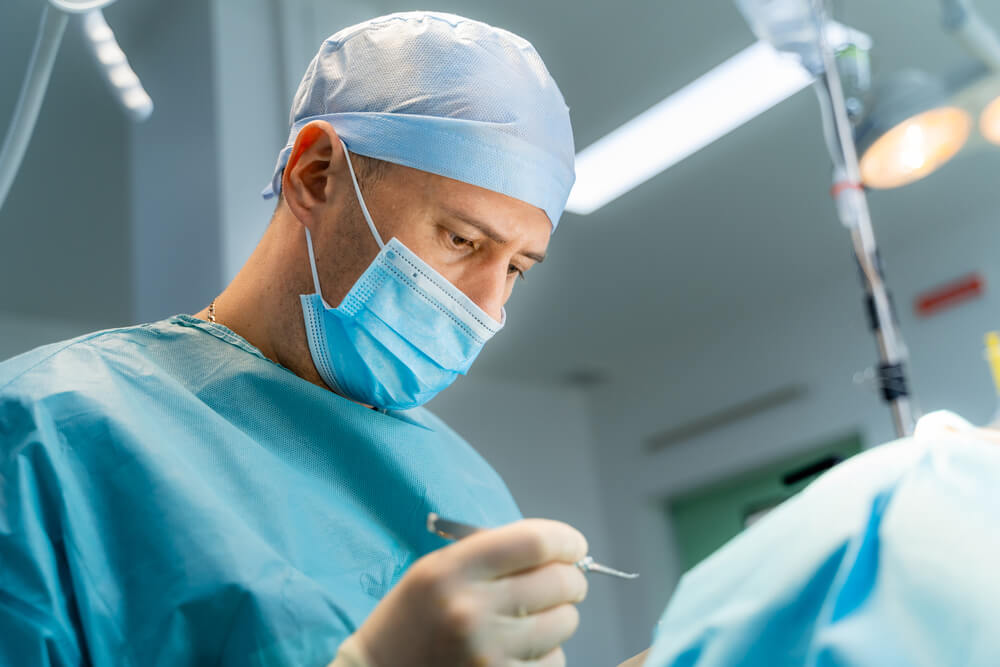Breast surgery is an umbrella of procedures that aim to change the female and male breasts. These breast surgery types are performed for several reasons. Some or purely cosmetic, aiming to make the breasts appear larger or more youthful. Other surgeries are medical necessities, like breast reduction procedures or surgical procedures to remove malignant growths.
This article will cover every breast surgery type and give more insight for those considering or who have to undergo one of these options.
Naturally, if you have more questions after reading this article, feel free to reach out to Dr. Omar Rashid for a more detailed discussion.
Types of Breast Procedures
As said before, the different breast surgery options are performed for various reasons and can be put into two distinct categories.
Here they are:
Medical Surgery Types:
- Mastectomy or preventative surgery: This type of breast surgery is performed to remove the breast in order to prevent cancer.
- Breast cancer surgery: The entire breast or parts are removed, possibly with the nearby lymph nodes, to eliminate cancerous growth.
- Non-cancerous lump removal: These breast surgeries eliminate non-malignant lumps that should be removed from the breast tissue.
- Breast reduction: The breast size is reduced to prevent back pain and other issues.
Cosmetic Surgery Types:
- Breast reconstruction: This type usually follows breast cancer surgery.
- Breast reduction: These breast procedures can also be performed purely for cosmetic reasons.
- Breast augmentation: Procedures to increase the size of the breast.
Some of these breast surgery types can be both inpatient or outpatient procedures. For example, breast cancer surgery and breast augmentation and reduction can depend on different factors.
For instance, most lumpectomies are outpatient, and most mastectomies only require a day spent at the clinic.
Males and Breast Surgery

When assessing the different kinds of surgery, you should also know that men may also undergo breast-related surgical procedures.
In rare cases, males may also develop cancerous growths in the breast tissues, and the malignancies should be removed the same way in the case of women.
Also, male breast enlargement or gynecomastia may also call for surgery, especially when the patient is dissatisfied with their appearance. However, gynecomastia may also signal other underlying medical issues that probably need further assessment.
Breast Procedures: Exploring the Details
No matter the breast surgery type, you will consult with your breast surgeon both in the case of cosmetic and medical procedures. First, the expert needs to determine whether you’re a good candidate for surgery. In order to do that, you will have to answer a couple of questions:
- Are you allergic to certain drugs?
- Why do you want or need the surgery?
- Medical treatment history
- Are you currently taking any meds?
- Do you use illegal drugs, alcohol, or tobacco?
- Did you have surgery before?
- Do you have any pre-existing health problems?
- Are you taking any supplements or vitamins?
- Does your family has a breast cancer history?
As such, you might be a good candidate for your preferred cosmetic breast surgery type if you meet the requirements below:
- If you aren’t pregnant
- Healthy physically
- Not breastfeeding at the moment
- Have fully developed breasts.
- When you’re sure that you want the procedure because of yourself
After this point, you will need to prepare for your preferred breast surgery type the following way:
- You will need a blood test
- You might need to adjust the medications you’re taking
- Stop smoking
- Avoid certain compounds like aspirin
- Stop taking illegal drugs
- Start introducing vitamins to your nutritional regime
Preparing for Breast Surgery
After discussing the necessities with your breast surgeon, you will undergo the preparation process where your surgeon will measure your breasts and decide on the new breast size (in the case of augmentation or reduction). The surgeon will also take photographs of your breasts to see the before and after results.
In the case of breast cancer surgery, the healthcare expert will identify the location and the size of the malignancy and also determine whether to perform lumpectomy or mastectomy.
During Surgery
No matter the breast surgery type, these procedures tend to be complicated, but they can be explained in a few simpler steps.
For instance, here are the main five steps for breast augmentation:
- First, the breast surgeon will give the patient either general anesthesia or intravenous sedation.
- Second, your surgeon will make the necessary incision depending on the breast implant type and its size. The doctor may make the incision under the fold of your breast, along the line of the areola, or in the armpit’s area.
- Then, the surgeon will place the implants under the pectoral muscle. In some cases, the implants are inserted behind the breast tissue directly. Naturally, your breast surgeon will discuss these options with your prior surgery.
- In the fourth step, the surgeon closes the incision with layered sutures and will use either skin adhesive or surgical tape to close the area.
- Last but not least, after surgery, it’s time to see the results.
After Breast Surgery
Following your preferred breast surgery type, your condition will be closely monitored. You will get either an elastic bandage, a support bra, or gauze dressings to combat swelling and support healing. You will also need to attend follow-up appointments, get a pain medication prescription, and will be given further recovery instructions.
Breast Surgery Risks
As with every type of surgery, all breast surgery options carry certain risks. They can be:
- Scarring
- Pain
- Bleeding
- Infection
- Changes in breast and nipple sensation
- A need for revision surgery
- Implant rupture/leakage
You should know that implants may prevent proper breast cancer detection when looking at your options. Also, the implants may not last, requiring you additional surgeries. Lastly, menopause, pregnancy, and weight loss may also influence the appearance of your breasts, even after augmentation.
Breast Surgery Recovery

The required recovery time can vary, with some patients needing only one week and others requiring six weeks or even longer. Naturally, the duration of the recovery time will depend on several factors, like the type of surgery you’ve had.
That being said, you may return to your everyday routine following a lumpectomy after two weeks. In the case of a mastectomy, patients may require between four and six weeks.
In the cases of augmentation and reduction, often, a week is enough to get back to work. Even then, it’s important to note that the surgical site might feel sore even weeks after the procedure.
Learn More About Breast Surgery
Hopefully, this article managed to grant you more insight into the different options you have regarding breast surgery. When it comes to cosmetic procedures, you should know all the risks and benefits associated and make sure that you will be a good candidate for the procedure.
And if you have any more questions, feel free to reach out to us and learn more.


